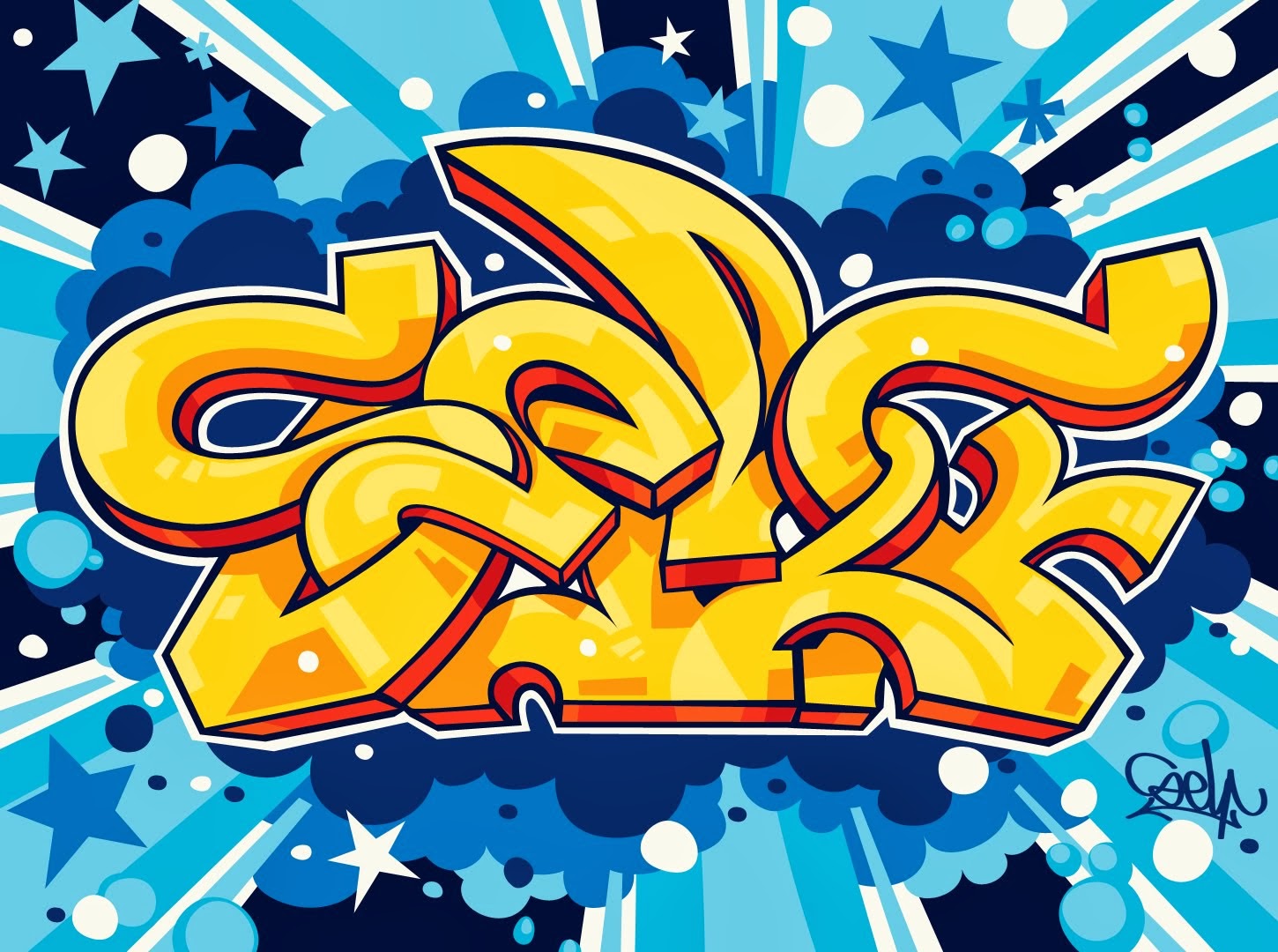

If you thought 3D street art was the limit, well, you better think again. Looks like magic but it’s actually all about technique! But when you look it from the right point or angle… it looks like a 3-dimensional figure! This kind of work creates an optical illusion that tricks the mind into believing that the 2d piece you’re looking at is actually three dimensional.

If you ever came across one of this on the streets before you probably thought they looked a bit odd at first. The start point of portraits is usually the same but the ending point can be absolutely different depending on what you’re looking for. Or it can be stylised into a cubist composition, for example. Is that kind of work that leaves you wondering if they were really handmade.

It can be photorealistic, rejecting the painterly qualities of the work and creating pictures that look just like photographs. This style highlights the accurate drawing skills of the artist. There are many possibilities we can create conscious and forward-thinking art that makes tomorrow a greener and better place. It could be combining artwork and a green wall or landscaping, using recycled or upcycled materials or even painting with living moss. This makes for great photo wall that can go viral.Ĭreating artwork that’s beautiful and also environmentally conscious and sometimes even part of the living environment itself. This can be a really fun and bold approach to take an idea to the next level.Ī fun style where pieces of street art cleverly interact with its surroundings ra ther than just performing as a surface or 2D painting. Think bold colours, clean lines and stylised characters.Ī looser more stylistic approach to imagery using colour and shape with a lot of artistic licenses but not to the point of abstraction. The forms are cut out of these materials and applied with spray paint or roll-on paint on the walls and other surfaces.Ĭartoon characters, superheroes from comics or striking Pop imagery are the base of this style. It consists of shapes made out of cardboard, paper or other materials and used for reproduction of images. It has become very popular in the last few years with artists as Blek le Rat and Banksy. The artist can express freely through the elements that compose the work – colour, shapes and lines – creating a dynamic and balanced art piece. In abstract paintings/drawings the main goal is not readability, but the overall feel of the piece. Here we won’t find obvious names or messages but more open ideas open to interpretation. Typography is usually based off brush, calligraphy or font style and can be distorted and tweaked into something completely fresh. Typography and graffiti and both based in lettering but aesthetically can be quite different. What’s considered graffiti is still up for debate and it can sometimes bleed into some of the other categories listed below. Graffiti can usually be broken down to 4 categories: Tags, throw-ups (bubble letters), pieces (more colourful and stylized letters) and characters. Today there are endless different styles from more traditional graffiti lettering to something completely new. What we think of graffiti today dates back to the early 60 and 70’s with people ‘tagging’ their own names and messages on the buildings and trains. If you haven’t check out our 10 steps to hiring a graffiti artist that might also be helpful. There are almost endless creative options but we have whittled them down into 10 simple style categories to help jump-start your creative ideas for your new mural project. If you’re thinking of getting a mural done in your home or business or just looking for some inspiration it can be a bit daunting trying to work out where to begin or what you want to be painted.


 0 kommentar(er)
0 kommentar(er)
